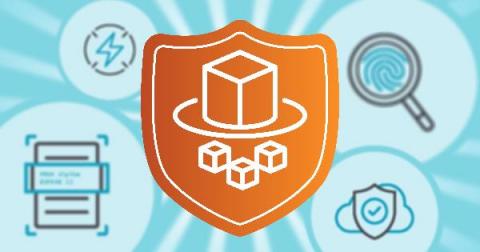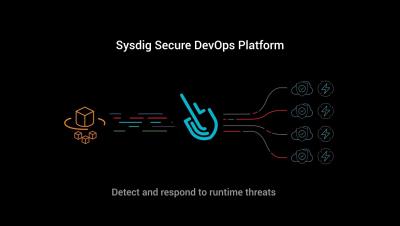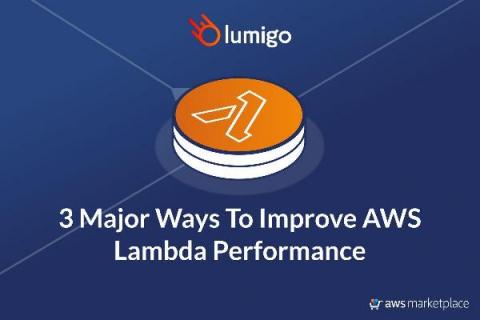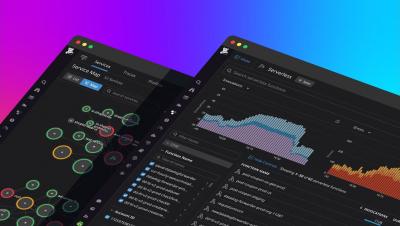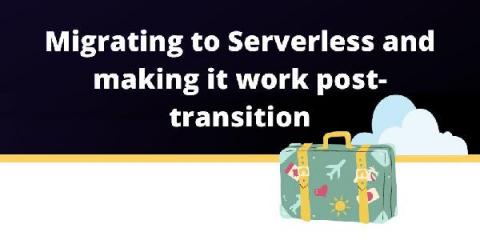How we built a serverless "Stonks" checker API for Wall Street Bets
A while ago, a merry bunch on Reddit at the subreddit r/WallStreetsBets (WSB) took on Wall Street. Ironically, through an app called Robinhood. As Alanis Morisette would say, “A little too ironic, don’t ya think?” You had to be in there and in the know at the right time to benefit from the situation. That’s why we built a serverless API to keep track of all the hot and trending stock chats on WSB, that will notify you when the next GME is about to blow up.




